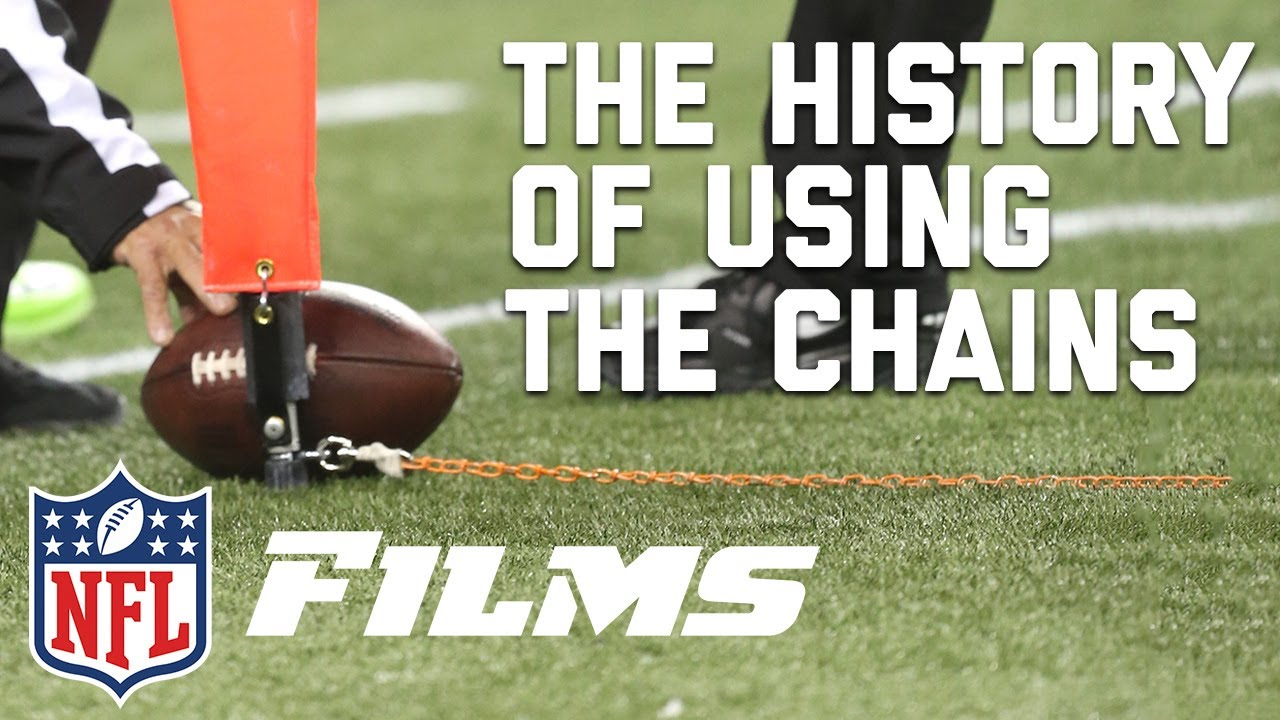The football down marker is a crucial piece of on-field equipment used in American football to indicate the current down. It is typically a pole, often brightly colored for visibility, with a set of numbered placards (1, 2, 3, 4) that can be flipped to display the current down.
Purpose and Function
The primary purpose of the down marker is to provide a clear visual reference for players, coaches, officials, and spectators regarding the current down in a series of four downs. This information is vital for strategic decision-making by both offensive and defensive teams.
- Clarity: It eliminates confusion about the current down.
- Pace of Play: Helps maintain the flow of the game by quickly conveying essential information.
- Official Record: Serves as an immediate visual confirmation of the down as determined by the officials.
Operation
The down marker is operated by a member of the “chain crew” or “chain gang” on the sideline. After each play, an official (usually the head linesman or line judge) signals the new down, and the down marker operator updates the displayed number accordingly. The marker is positioned at the line of scrimmage.

It works in conjunction with the “chains,” which are two poles connected by a 10-yard chain used to measure for a first down. The down marker indicates how many attempts the offense has left to achieve a new first down by reaching or surpassing the 10-yard mark indicated by the chains.
Significance
While simple in design, the down marker is indispensable for the organized progression of an American football game. Its accurate and timely operation is essential for fair play and strategic gameplay. Without it, tracking downs would be significantly more challenging and prone to error, disrupting the game’s integrity.



